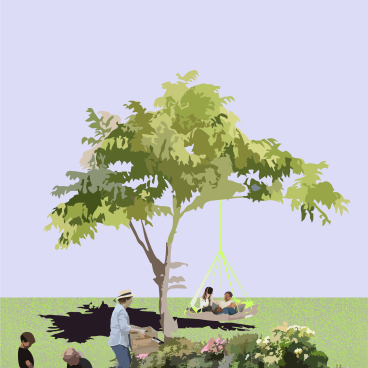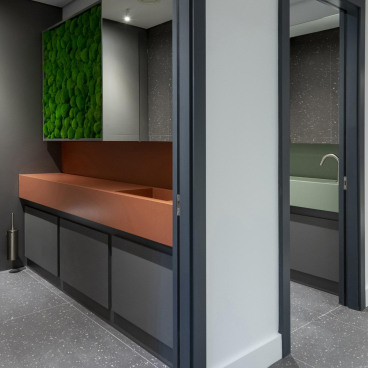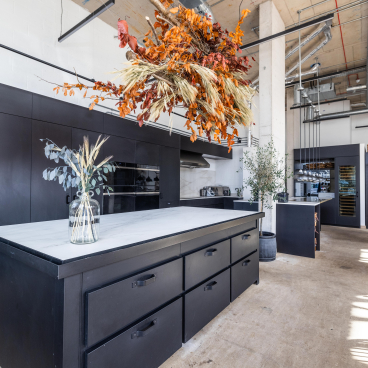Light: The Single Fundamental of Design.
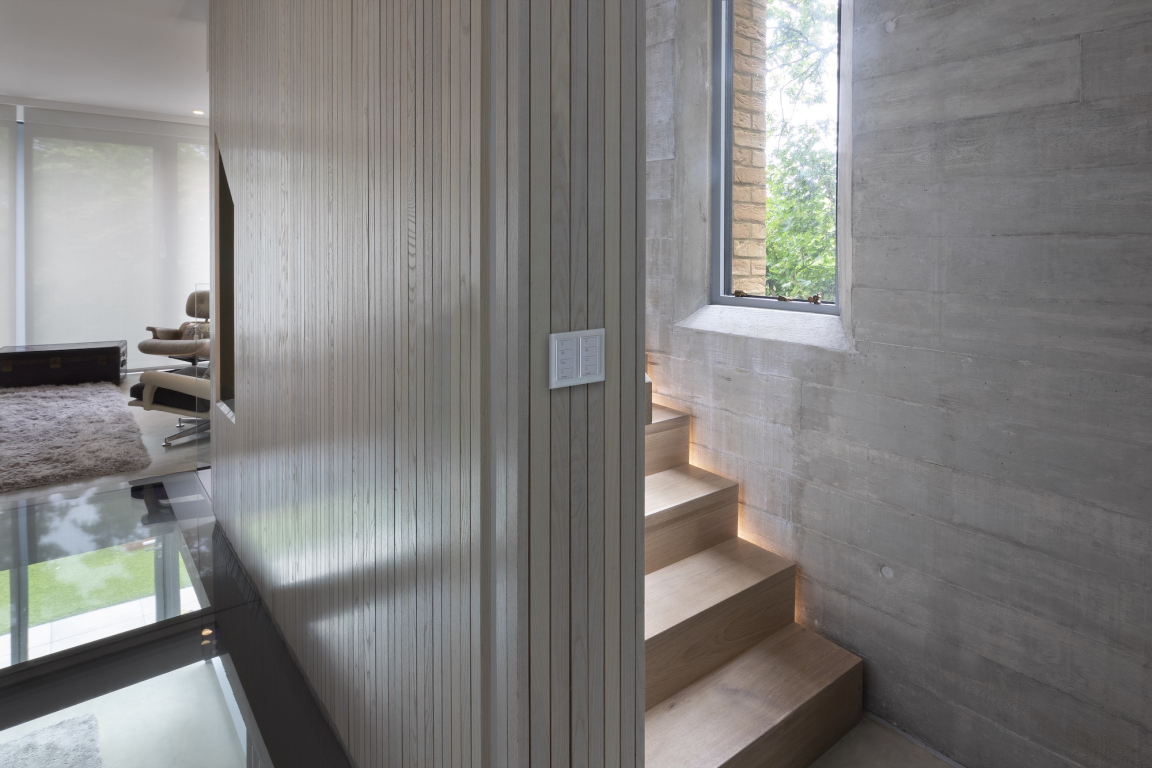
According to Miguel Aguado, marketing & technology manager at Lutron Electronics, lighting has the power to transform any space...
Design trends are coming and going more quickly than ever. There’s an ever-growing list of ways to categorise style and guide the design process, including minimalist, rustic, modern, biophilic, contemporary, international, luxury, earthy, traditional, shabby, eco.
These design trends are also a result of changes brought about by the pandemic. Many of us became accustomed to the conveniences and total environmental control we had at home. As we venture back into the office, it is more important than ever to create not only the right environment, but one that is flexible and can adapt to the activity and the inhabitants.
Spaces transition from one style to the next as they evolve, becoming more personalised to their occupants over time. The use of each space changes even faster than industry taste and trends, especially during the pandemic – an office can quickly become a dining area and then a yoga studio in the space of a few hours.
While design and function appear to be evolving at an ever-increasing pace, one element remains constant throughout every project. Lighting is the single critical factor to a room’s style. Getting it wrong undermines the aesthetic and the intended use of the space, while finding the perfect light is key to creating the best possible environment with regard to both function and aesthetics. Simply put, it’s the one non-negotiable when it comes to planning, developing and creating the perfect space.
Colour, furnishings and space are constantly discussed, however light remains under considered and underrepresented within the design community. However, altering the strength, placement, and colour of light may dramatically transform a space, making it the most powerful tool in a designer’s toolbox.
As any lighting designer will tell you, there are many considerations that must be taken to maximise a space at all times, no matter the use.
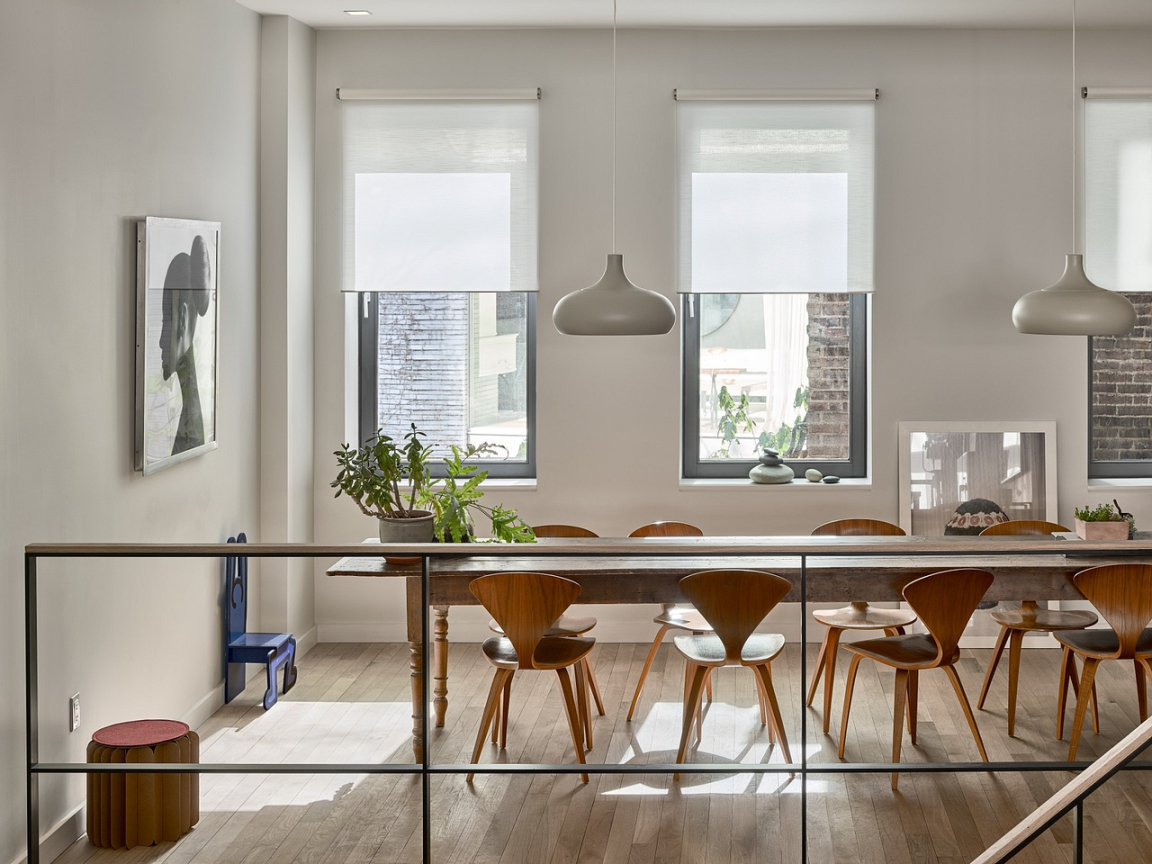
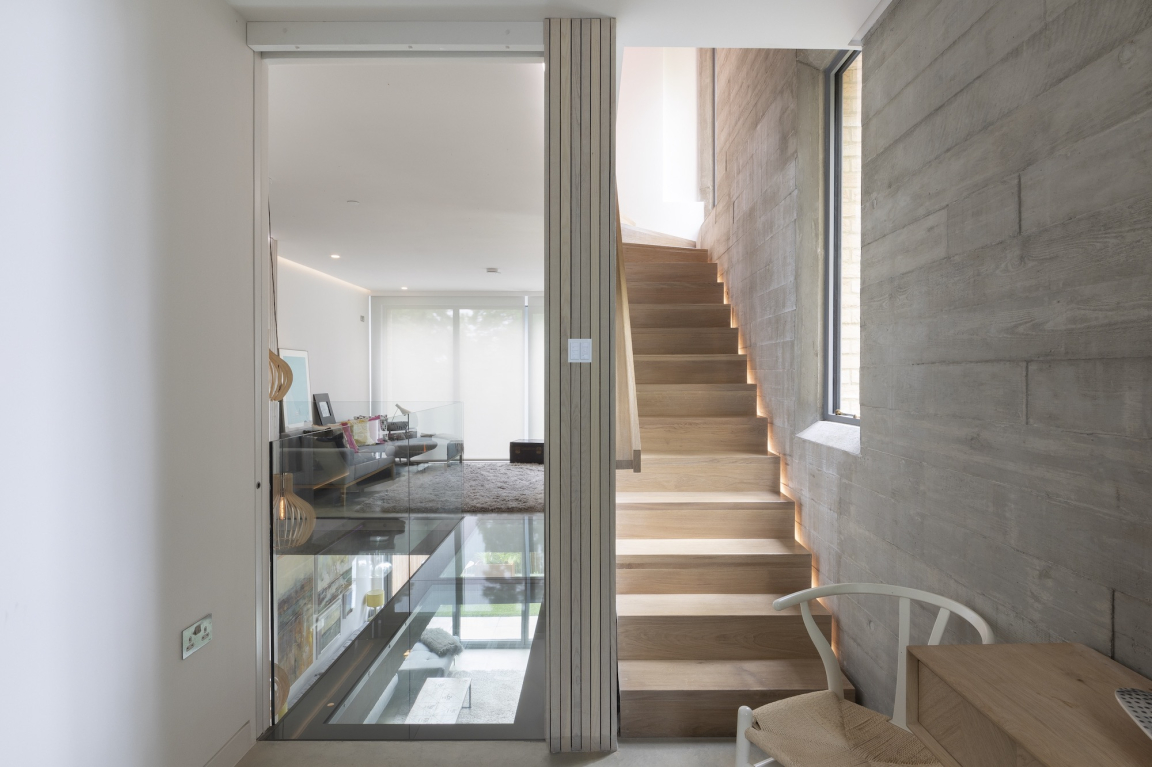
Style
Interior design, at its essence, is about combining various elements in a way that enables them to complement one another. Colours, materials, textures and features – everything should be perfectly balanced and working harmoniously to create the desired experiential effect.
The key element required to develop this level of sensory cohesion is lighting. It is critical to style and must be considered when beginning to design a lighting scheme.
Function
Functionality is one of the most critical roles of light. In design, all lighting must serve a purpose and play a role within its wider scheme, whether you are looking for full-room illumination or simply particular areas for specific tasks.
To achieve the right light, a designer must understand the multiple lighting requirements of a space. At a basic level, we all understand that offices need bright light to help with reading or working at a computer while a restaurant needs a softer, more forgiving lighting scheme. However, this gets more complex when a space is taking on multiple roles.
In very simple terms, lighting function tends to be driven by quantity and power. Too little light, and it’s impossible to perform necessary tasks. Too much, and it risks undermining aesthetics and, in extreme circumstances, causing eye discomfort. Ensuring you have the right number of light sources and completely dimmable capabilities will provide the perfect level of lighting control and flexibility necessary to meet any space’s function.
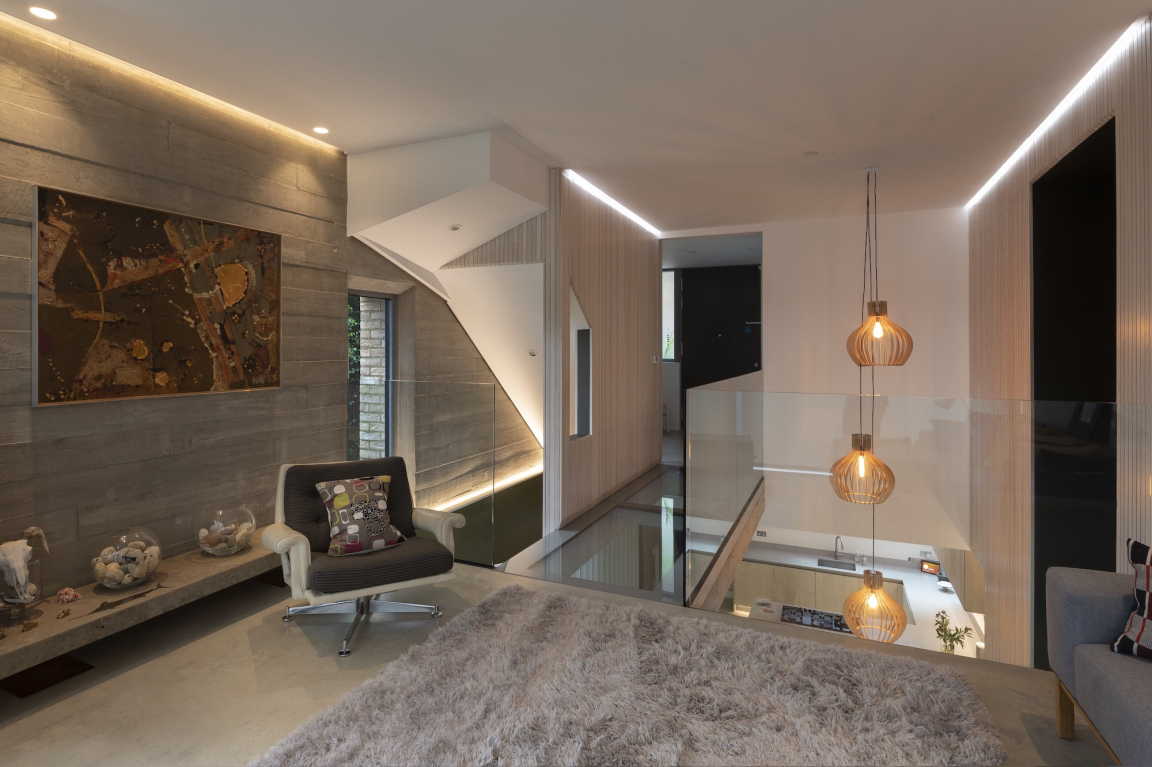
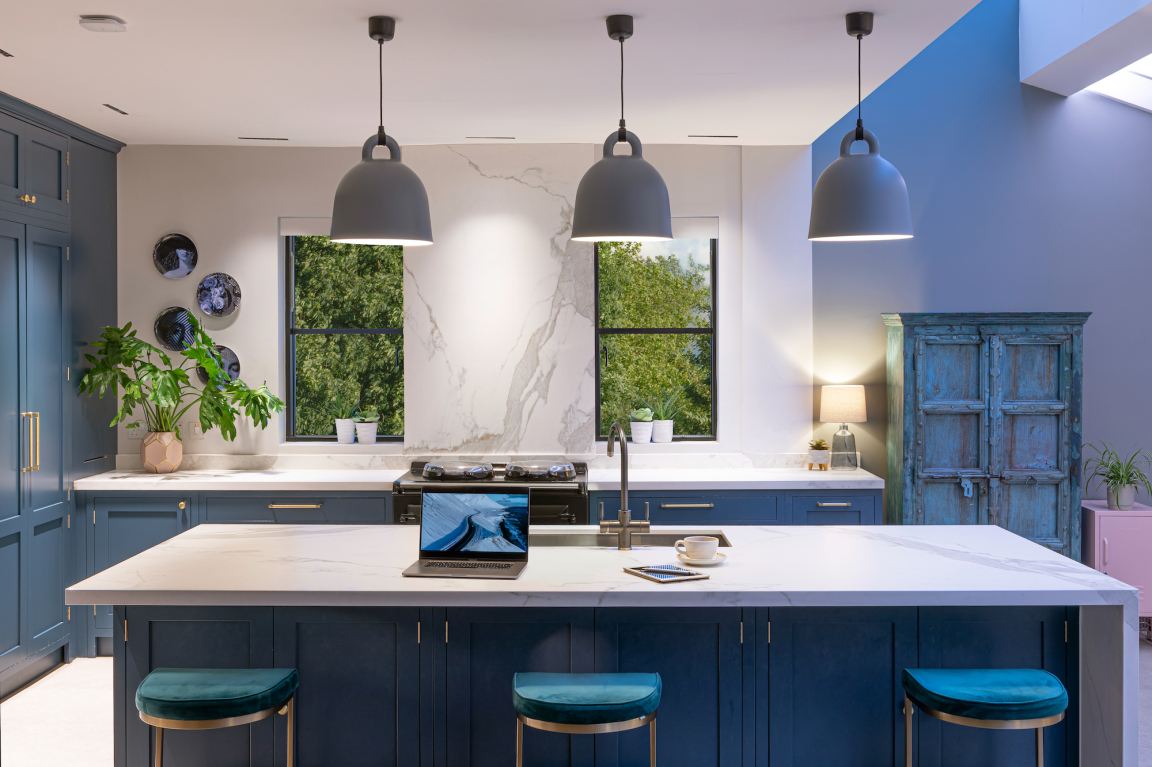
Mood and atmosphere
Lighting has an instant and dramatic effect on our mood and perception of a space. Having a system that includes a couple of different schemes within one space can singlehandedly change the perceived use of a room. Having pre-set scenes means occupants can become extremely versatile within the same space, with minimal effort required.
Health and wellbeing
Lighting isn’t just illumination – it’s a powerful tool that supports wellbeing, comfort, productivity and mood. Good lighting should focus on the individuals and their needs, and we need to look at the totality of the lighting requirements, including biological, visual, non-visual and emotional responses. Numerous surveys and studies have found that access to daylight and connection to the outdoors is the most desired workplace feature, leading to increased job satisfaction and employee retention.
Features
Aside from using light to emote, lighting design can also be used to highlight specific details of your interior design. Directional lighting, for instance, ensures guests’ eyes are drawn to specific pieces and can even provide physical guidance to visitors. Lighting is also a vital tool for visual storytelling - using light to express specific moods and elements. These key aspects can be anything from an intriguing wall panel filled with textures, unique architectural features, a stunning staircase, or a piece of art.
The future is light
While other aspects of design are key, lighting is fundamental. The right light transforms a space, making a room feel more welcoming, dramatic or atmospheric. It can be used to highlight artwork, generate bright areas for cooking, reading or working and performs countless other tasks – depending on the intended requirements.
Light has the ability to either degrade or elevate design to new heights. So, it should not be underestimated.



